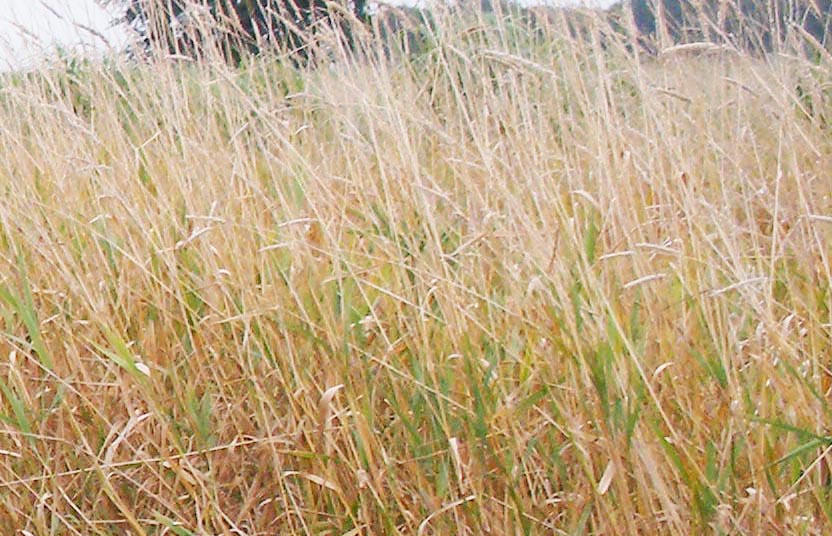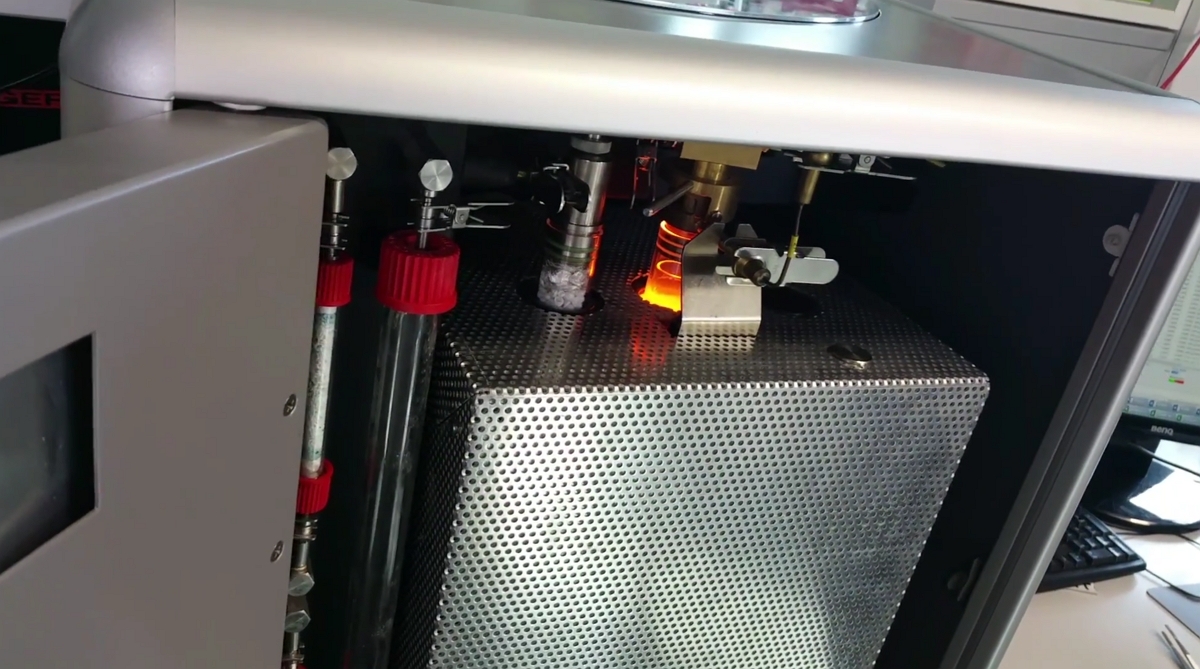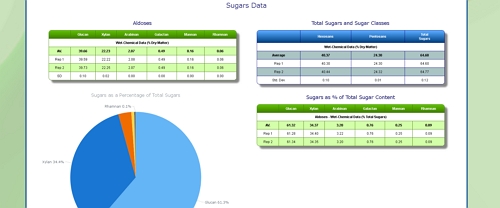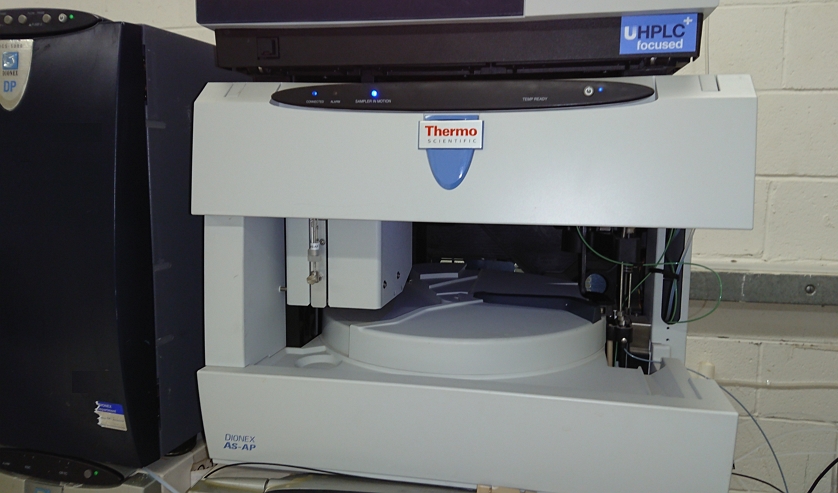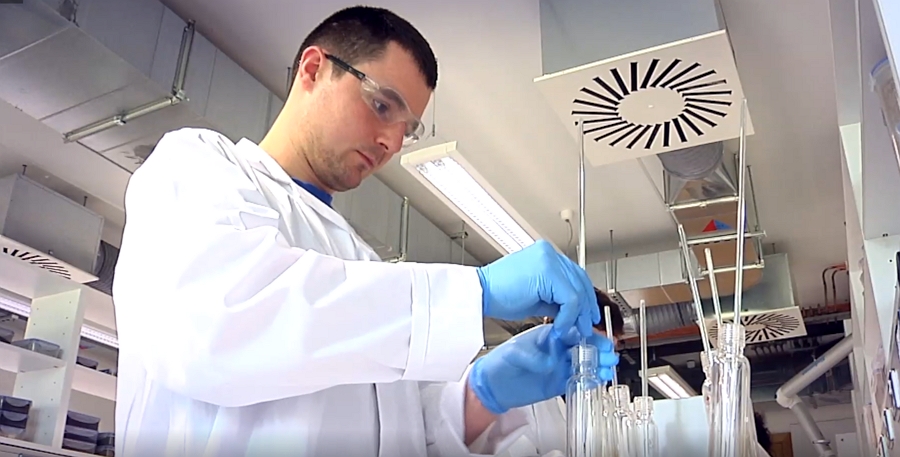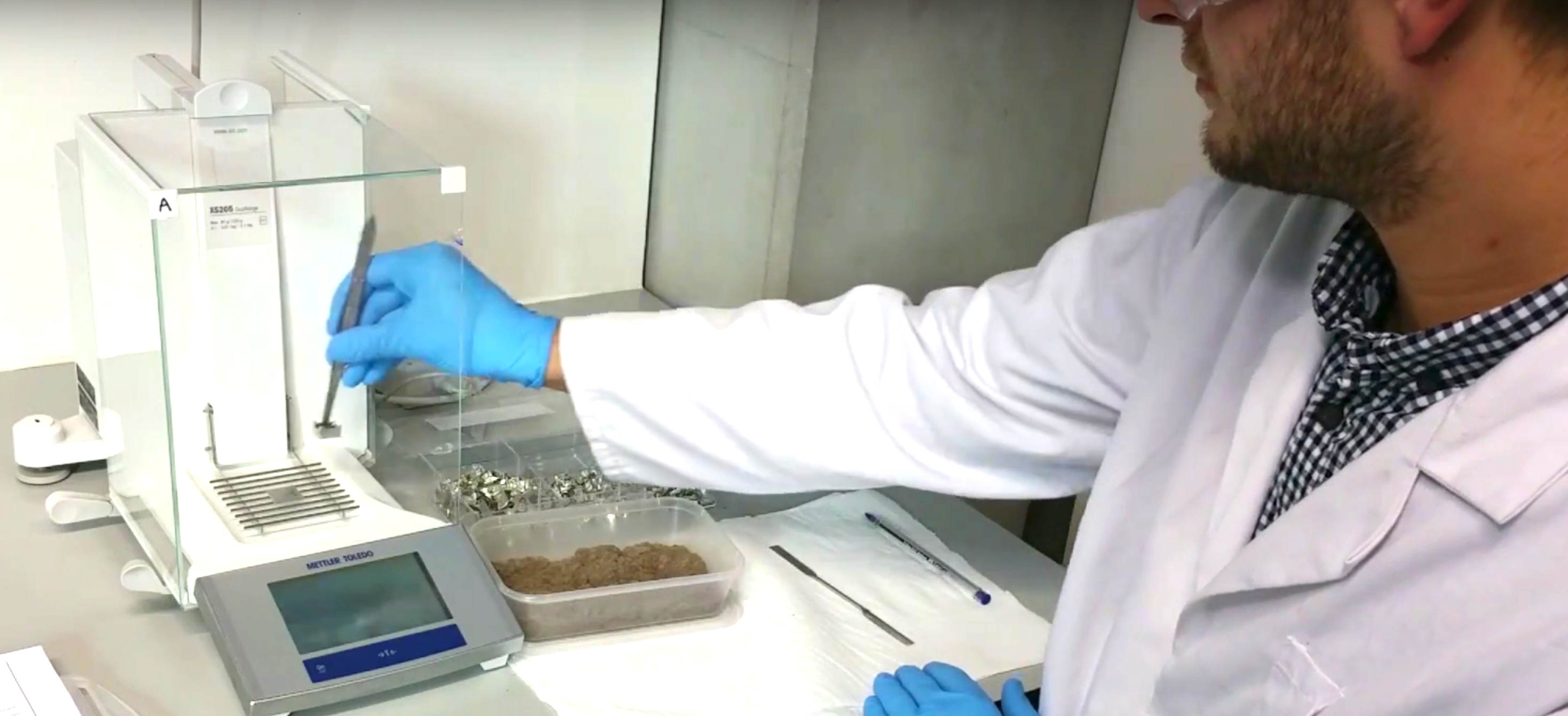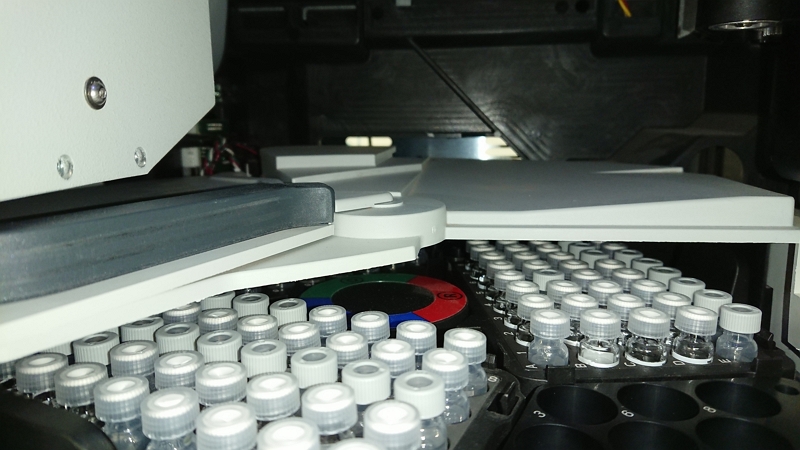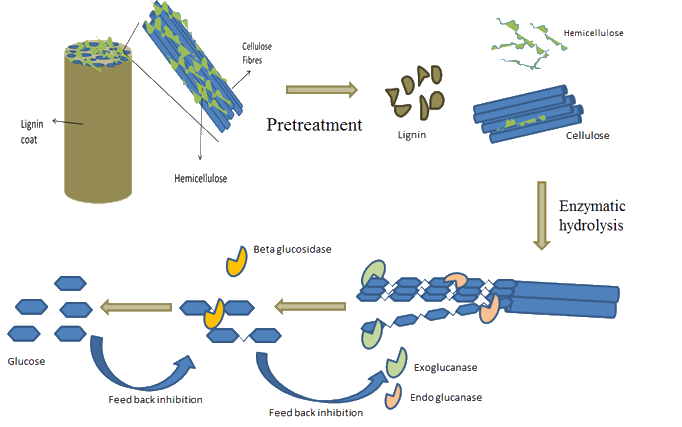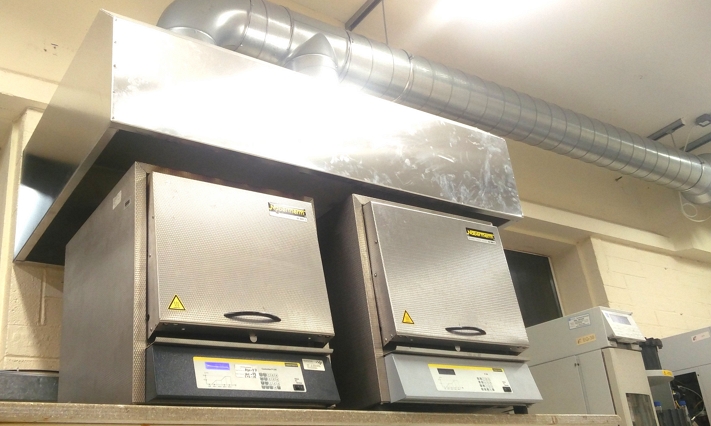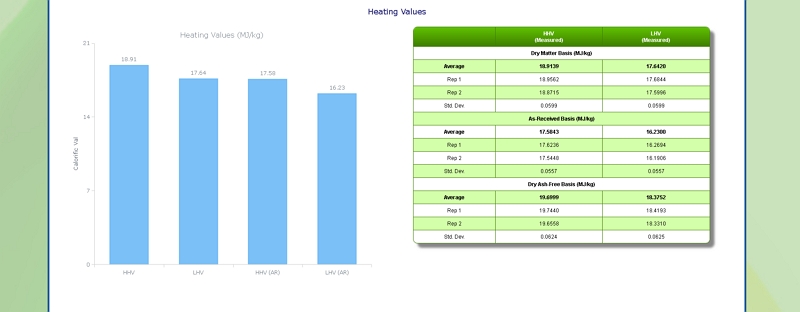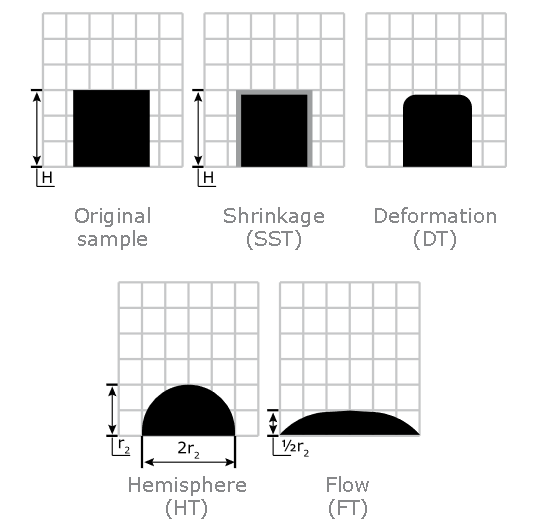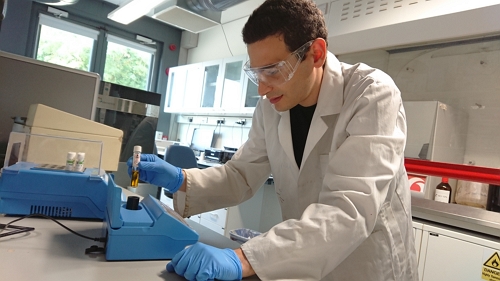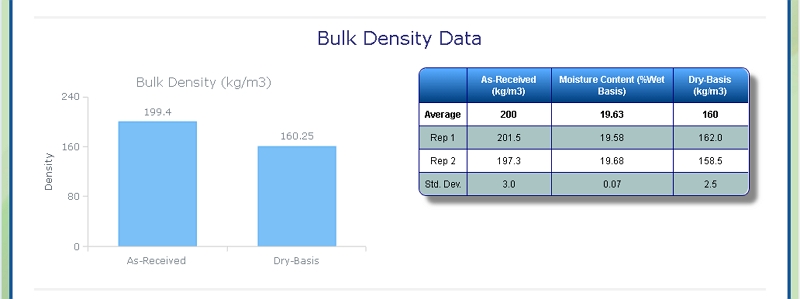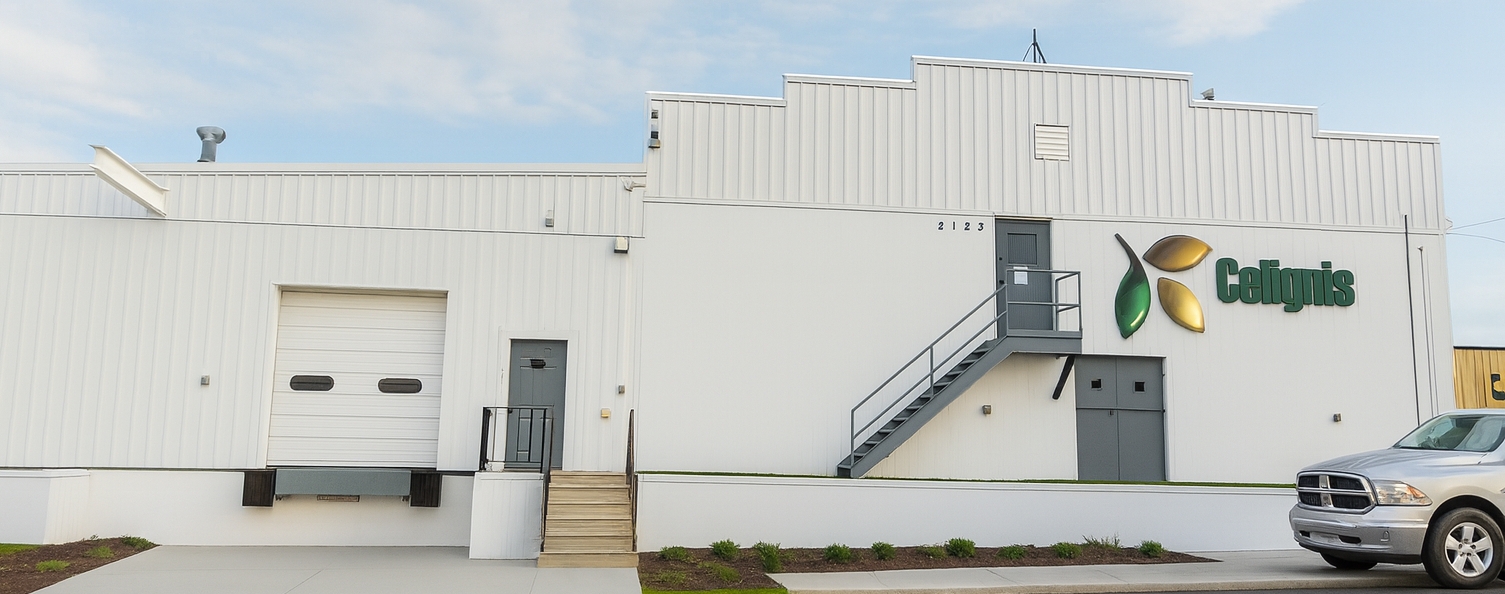Analysis of Switchgrass
Background on Switchgrass
Switchgrass does well on a wide variety of soil types. It is drought tolerant and grows well on shallow rocky soils. It is also tolerant to wet areas. It can grow on sand to clay loam soils and tolerates soils with pH values ranging from 4.9 to 7.6.
There are various reports that switchgrass shows no response to N fertilizer or only to the first 50 kg. In fertile sites switchgrass may require little or no fertilisation, and, generally, will require less fertilisation than Miscanthus. Weeds, however, can be a major problem in establishment, and it is important that these are controlled in the first year, and totally removed before establishment. Insects can also decrease the effectiveness of establishment and result in a longer period needed before ceiling yields are obtained. There are also diseases that may decrease yields, for example the Panicum mosaic virus, or various leaf rusts (Puccinia spp.).
As with reed canary grass, conventional hay harvesting equipment can be used to harvest switchgrass. The crop usually needs to be harvested after senescence to prevent lodging losses, although such losses tend to be less than with reed canary grass. The effects of a delayed harvest on yields and chemical composition are likely to be less than those for Miscanthus, given that Switchgrass does not shed its leaves to the extent that Miscanthus x giganteus does.
While the crop can be harvested twice a year, a single harvest tends to give higher yields in temperate climates and will be more economic. Switchgrass yields generally increase yearly for the first three years before levelling-off in most varieties.
Analysis of Switchgrass at Celignis
Celignis Analytical can determine the following properties of Switchgrass samples:
Lignocellulosic Properties of Switchgrass
Cellulose Content of Switchgrass
Click here to see the Celignis Analysis Packages that determine Cellulose Content
Request a QuoteCellulose Content
Hemicellulose Content of Switchgrass
Click here to see the Celignis Analysis Packages that determine Hemicellulose Content
Request a QuoteHemicellulose Content
Lignin Content of Switchgrass
Click here to see the Celignis Analysis Packages that determine Lignin Content
Request a QuoteLignin Content
Starch Content of Switchgrass
Click here to see the Celignis Analysis Packages that determine Starch Content
Request a QuoteStarch Content
Uronic Acid Content of Switchgrass
Click here to see the Celignis Analysis Packages that determine Uronic Acid Content
Request a QuoteUronic Acid Content
Enzymatic Hydrolysis of Switchgrass
Click here to see the Celignis Analysis Packages that determine Enzymatic Hydrolysis
Request a QuoteEnzymatic Hydrolysis
Bioenergy Properties of Switchgrass
Ash Content of Switchgrass
Click here to see the Celignis Analysis Packages that determine Ash Content
Request a QuoteAsh Content
Heating (Calorific) Value of Switchgrass
Click here to see the Celignis Analysis Packages that determine Heating (Calorific) Value
Request a QuoteHeating (Calorific) Value
Ash Melting Behaviour of Switchgrass
Ash Shrinkage Starting Temperature (SST) - This occurs when the area of the test piece of Switchgrass ash falls below 95% of the original test piece area.
Ash Deformation Temperature (DT) - The temperature at which the first signs of rounding of the edges of the test piece occurs due to melting.
Ash Hemisphere Temperature (HT) - When the test piece of Switchgrass ash forms a hemisphere (i.e. the height becomes equal to half the base diameter).
Ash Flow Temperature (FT) - The temperature at which the Switchgrass ash is spread out over the supporting tile in a layer, the height of which is half of the test piece at the hemisphere temperature.
Click here to see the Celignis Analysis Packages that determine Ash Melting Behaviour
Request a QuoteAsh Melting Behaviour
Major and Minor Elements in Switchgrass
We can also determine the levels of 13 different minor elements (such as arsenic, copper, and zinc) that may be present in Switchgrass.
Click here to see the Celignis Analysis Packages that determine Major and Minor Elements
Request a QuoteMajor and Minor Elements
Analysis of Switchgrass for Anaerobic Digestion
Biomethane potential (BMP) of Switchgrass
At Celignis we can provide you with crucial data on feedstock suitability for AD as well as on the composition of process residues. For example, we can determine the biomethane potential (BMP) of Switchgrass. The BMP can be considered to be the experimental theoretical maximum amount of methane produced from a feedstock. We moniotor the volume of biogas produced allowing for a cumulative plot over time, accessed via the Celignis Database. Our BMP packages also involve routine analysis of biogas composition (biomethane, carbon dioxide, hydrogen sulphide, ammonia, oxygen). We also provide detailed analysis of the digestate, the residue that remains after a sample has been digested. Our expertise in lignocellulosic analysis can allow for detailed insight regarding the fate of the different biogenic polymers during digestion.
Click here to see the Celignis Analysis Packages that determine BMP
Request a QuoteBMP
Physical Properties of Switchgrass
Bulk Density of Switchgrass
At Celignis we can determine the bulk density of biomass samples, including Switchgrass, according to ISO standard 17828 (2015). This method requires the biomass to be in an appropriate form (chips or powder) for density determination.
Click here to see the Celignis Analysis Packages that determine Bulk Density
Request a QuoteBulk Density
Particle Size of Switchgrass
Our lab is equipped with a Retsch AS 400 sieve shaker. It can accommodate sieves of up to 40 cm diameter, corresponding to a surface area of 1256 square centimetres. This allows us to determine the particle size distribution of a range of samples, including Switchgrass, by following European Standard methods EN 15149- 1:2010 and EN 15149-2:2010.
Click here to see the Celignis Analysis Packages that determine Particle Size
Request a QuoteParticle Size
The processing of lignocellulosic materials in modern biorefineries will allow for the
production of transport fuels and platform chemicals that could replace petroleum-derived
products. However, there is a critical lack of relevant detailed compositional information
regarding feedstocks relevant to Ireland and Irish conditions. This research has involved the
collection, preparation, and the analysis, with a high level of precision and accuracy, of a
large number of biomass samples from the waste and agricultural sectors. Not all of the
waste materials analysed are considered suitable for biorefining; for example the total sugar
contents of spent mushroom composts are too low. However, the waste paper/cardboard
that is currently exported from Ireland has a chemical composition that could result in high
biorefinery yields and so could make a significant contribution to Ireland’s biofuel demands. | ||

